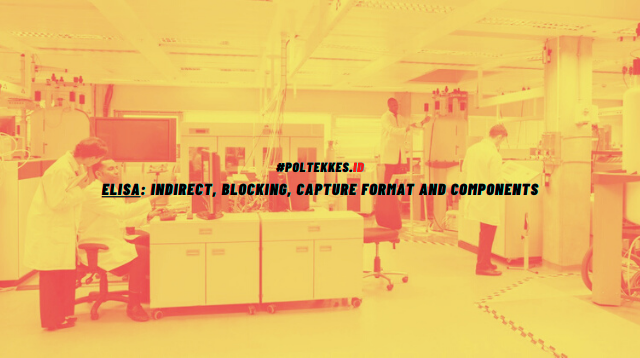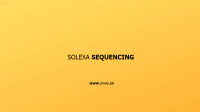Sensitive and reproducible technologies available. These assays are rapid, simple to perform, and easily automated. IDEXX introduced the first commercial poultry ELISA for infectious bursal disease (IBD) in 1985 and the first commercial livestock ELISA for Aujeszky’s disease/pseudorabies in 1986, enhancing the way laboratories test production animals.
As with any assay, the reproducibility and reliability of ELISAs depend upon proper technique and attention to detail. This ELISA technical guide will increase your awareness of ELISA techniques and help you maintain proficiency with this methodology.
Check your product insert for specific instructions for each assay you perform. Periodically, improvements and revisions are made to product inserts. Therefore, it is important to review the protocol on a regular basis.
If you have questions concerning any of the following information, please contact your local IDEXX representative.
ELISA formats
1. Indirect format
In the indirect format, antigens are coated on the plate. The sample antibody, if present, is sandwiched between the antigen coated on the plate and an enzyme-labeled, anti-species globulin conjugate.
The addition of the substrate (enzyme substrate-chromogen reagent) causes color to develop in the wells where antibody is present. This color is directly proportional to the amount of bound sample antibody.
The more antibody present in the sample, the stronger the color development in the test wells. This format is suitable for determining total antibody level in samples.
2. Blocking format
In this format, the specific sample antibodies block the enzyme-labeled, specific antibody in the conjugate. As shown in the graphic, the antibodies in the sample and in the conjugate both bind to the antigen coated on the plate.
Adding an enzyme substrate-chromogen reagent causes color to develop. The color intensity is inversely proportional to the amount of bound sample antibody. The more antibodies present in the sample, the less intense the color development in the test wells.
3. Indirect antigen-capture (sandwich) ELISA:
In the indirect antigen-capture ELISA, the antigen in the sample is bound by the antibody coated on the plate and by the detector antibody contained in the added detector solution.
The detector antibodies are not enzyme-labeled. The conjugate added in the next step can bind to the antibody of the detector solution. If the conjugate binds to the detector solution, a color reaction takes place. The antigen is thus indirectly detected.
ELISA Components
1. Coated plates
The 96-well plates are made of polystyrene and coated with either inactivated antigen or antibody. This coating is the binding site for the antibodies or antigens in the sample. Unbound antibodies or antigens in the sample are washed away after incubation.
2. Sample diluent
Most assays require a specific dilution of the sample. Samples are added to the sample diluent and mixed prior to putting them onto the coated plates.
3. Controls
The positive control is a solution that contains antibody or antigen. The negative control is a solution without antibody or antigen. The controls help to normalize or standardize each plate.
Controls are also used to validate the assay and to calculate sample results. In some tests the controls are prediluted and ready to use, and in other tests the controls must be diluted the same as the samples. Be sure to follow the instructions in the product insert.
4. Conjugate
ELISA conjugates are enzyme-labeled antibodies or antigens that react specifically to plate-bound sample analytes. Unbound conjugate is washed away after incubation and before the addition of substrate. The optical density of the colorimetric substrate is directly proportional to the quantity of bound enzyme present.
5. Substrate
For peroxidase conjugates, the substrate is a mixture of hydrogen peroxide and a chromogen that reacts with the enzyme portion of the conjugate to produce color.
6. Wash concentrate
The wash concentrate is a buffered solution containing detergent used to wash away unbound materials from the plates. Be sure to follow the instructions in the product insert for diluting the wash solution before use.
Read more: ELISA Test?
7. Stop solution
The stop solution stops the enzyme-substrate reaction and, thereby, the color development.
Note: Other reagents may be included depending on the test. These may include conjugate diluent, detector, etc.









